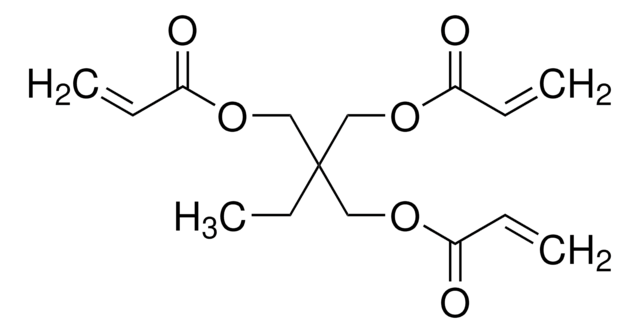381489
Trimethylolpropane tris(3-mercaptopropionate)
≥95.0%
Synonyme(s) :
1,1,1-Trimethylolpropane-tris(3-mercaptopropionate), 2,2-Bis(3-sulfanylpropanoyloxymethyl)butyl 3-sulfanylpropanoate, Trimethylolpropane tris(β-mercaptopropionate), Trimethylolpropane tris(3-mercaptopropanoate), Trimethylolpropane tris(3-mercaptopropropionate)
About This Item
Produits recommandés
Niveau de qualité
Essai
≥95.0%
Indice de réfraction
n20/D 1.518 (lit.)
pb
220 °C/0.3 mmHg (lit.)
Densité
1.21 g/mL at 25 °C (lit.)
Groupe fonctionnel
ester
thiol
Chaîne SMILES
CCC(COC(=O)CCS)(COC(=O)CCS)COC(=O)CCS
InChI
1S/C15H26O6S3/c1-2-15(9-19-12(16)3-6-22,10-20-13(17)4-7-23)11-21-14(18)5-8-24/h22-24H,2-11H2,1H3
Clé InChI
IMQFZQVZKBIPCQ-UHFFFAOYSA-N
Catégories apparentées
Description générale
Application
- Preparation of hydrogels, via crosslinking inulin derivatives.
- Construction of porous hybrid monolithic materials.
- As monomer for the preparation of a new thiol-ene based polymeric fluorescence sensor, via photo initiated polymerization.
Mention d'avertissement
Warning
Mentions de danger
Conseils de prudence
Classification des risques
Eye Irrit. 2 - Skin Irrit. 2 - STOT SE 3
Organes cibles
Respiratory system
Code de la classe de stockage
10 - Combustible liquids
Classe de danger pour l'eau (WGK)
WGK 3
Point d'éclair (°F)
204.8 °F - closed cup
Point d'éclair (°C)
96 °C - closed cup
Équipement de protection individuelle
Eyeshields, Gloves, type ABEK (EN14387) respirator filter
Faites votre choix parmi les versions les plus récentes :
Déjà en possession de ce produit ?
Retrouvez la documentation relative aux produits que vous avez récemment achetés dans la Bibliothèque de documents.
Les clients ont également consulté
Notre équipe de scientifiques dispose d'une expérience dans tous les secteurs de la recherche, notamment en sciences de la vie, science des matériaux, synthèse chimique, chromatographie, analyse et dans de nombreux autres domaines..
Contacter notre Service technique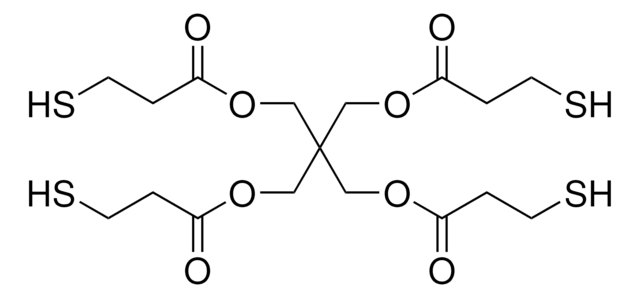
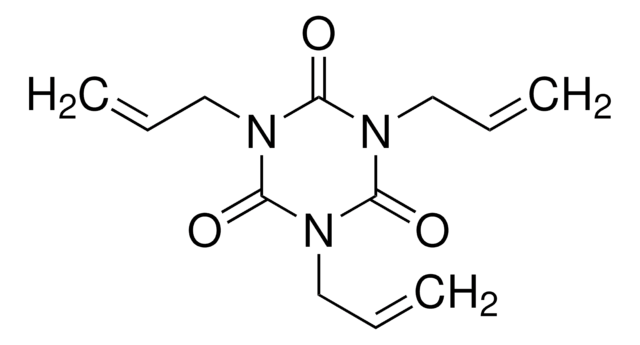

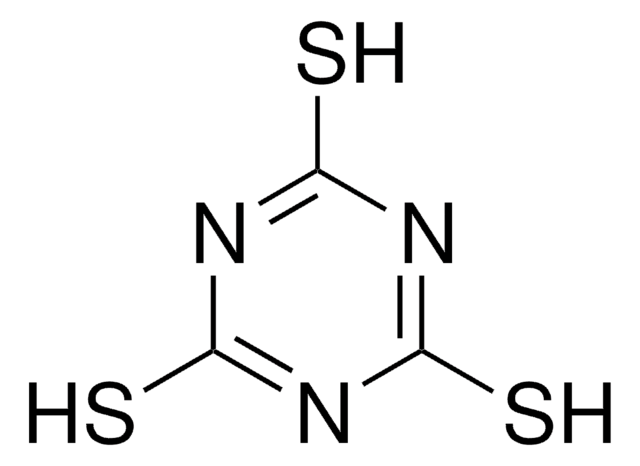
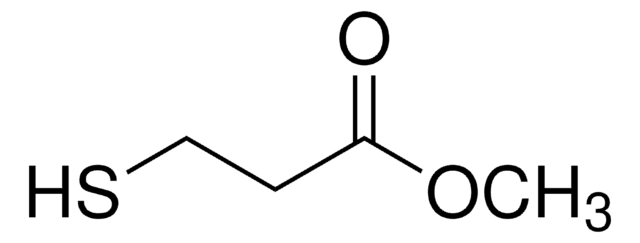
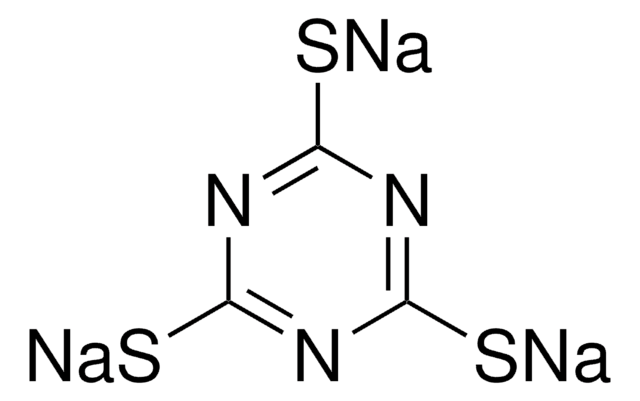
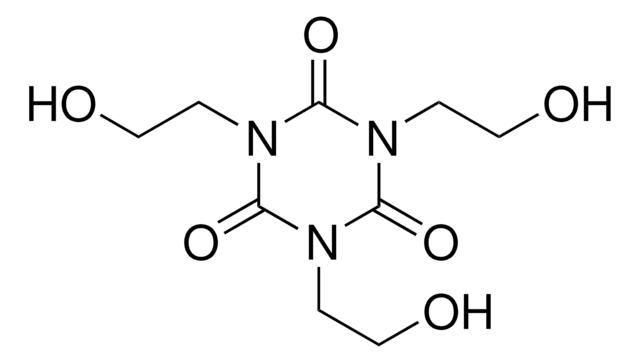
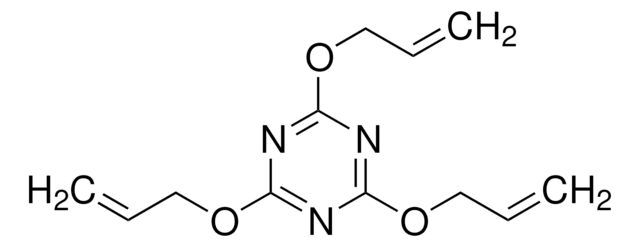
![Tris[2-(acryloyloxy)ethyl] isocyanurate](/deepweb/assets/sigmaaldrich/product/structures/254/494/1a620abc-8043-457f-92ec-87a959682438/640/1a620abc-8043-457f-92ec-87a959682438.png)






